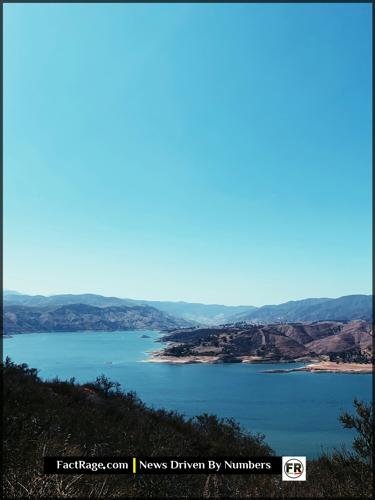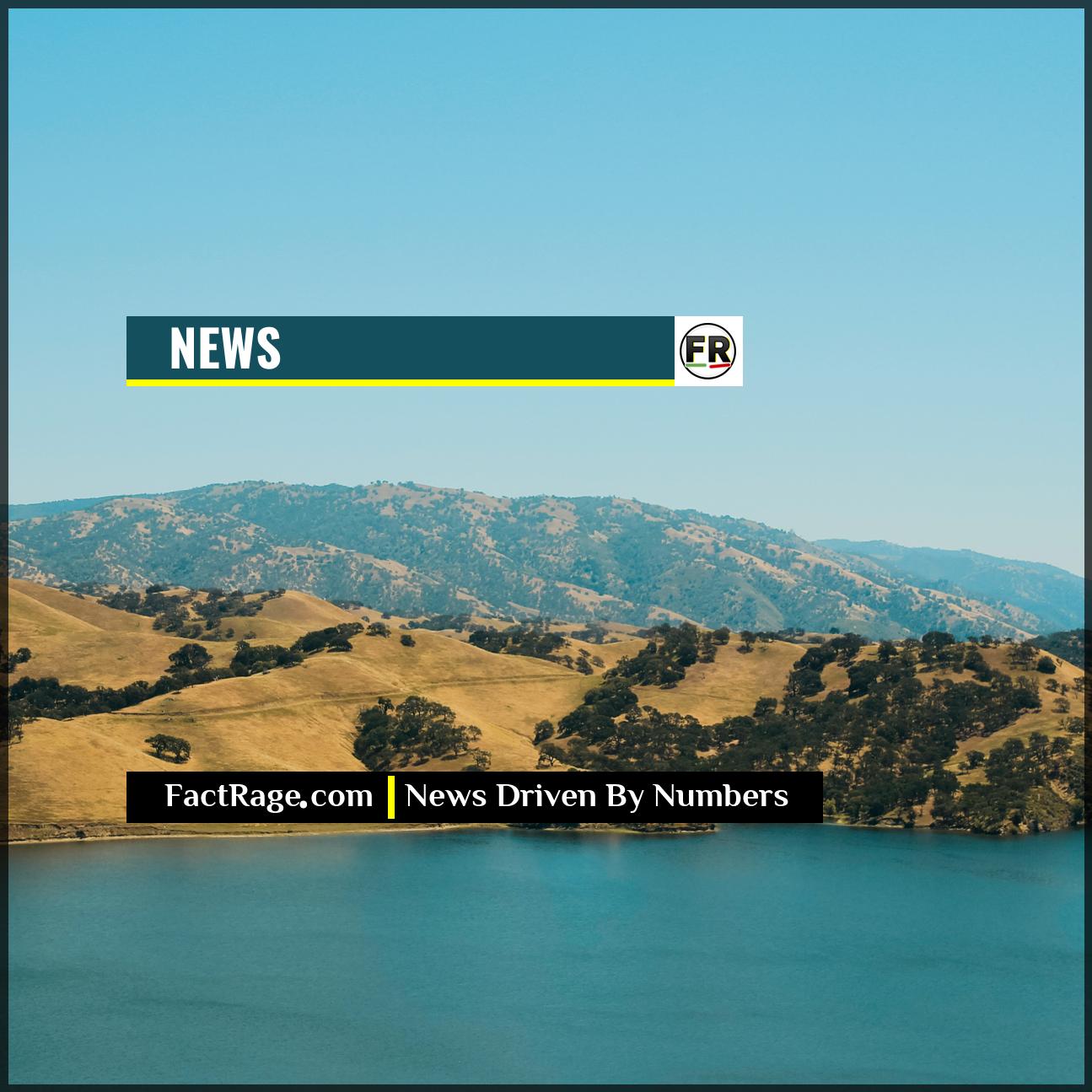CANYON LAKE, TX – A stark, pale bathtub ring stains the limestone cliffs circling the reservoir, marking where the water of Canyon Lake used to be and exposing a reality this Texas Hill Country community must now confront.
- Historic Lows – Prolonged and severe drought conditions have caused Canyon Lake’s water level to fall more than 25 feet below its conservation pool elevation, reaching historic lows not seen in decades.
- Economic Fallout – The receding shoreline has forced the closure of all public boat ramps, crippling the local tourism economy that relies on recreational boating, fishing, and waterfront activities.
- A Strained Resource – As a primary water source for over a quarter-million people and regional industry, the low levels are placing significant stress on the Guadalupe-Blanco River Authority’s ability to manage water security for a growing area.
For the businesses, homeowners, and local officials here, the dropping water level isn’t just an environmental statistic—it’s a slow-motion crisis reshaping their economy, their way of life, and their future.
Beyond the Bathtub Ring
![]() It’s easy to see stories about drought as abstract data points on a national map. But in towns like Canyon Lake, Texas, those statistics become the dry ground under a stranded boat dock and the empty chairs at a lakeside cafe. This isn’t just a story about water levels; it’s about a community’s economic foundation and identity being tested by forces far beyond its control. The real story is always found where the headline meets the pavement.
It’s easy to see stories about drought as abstract data points on a national map. But in towns like Canyon Lake, Texas, those statistics become the dry ground under a stranded boat dock and the empty chairs at a lakeside cafe. This isn’t just a story about water levels; it’s about a community’s economic foundation and identity being tested by forces far beyond its control. The real story is always found where the headline meets the pavement.
Read On…
This on-the-ground report documents how the people of one Texas town are grappling with a slow-motion crisis that threatens both their livelihoods and their way of life.
What Happens When the Ramps Close?

Along the winding roads that hug the lake, the signs of economic distress are clear. Marinas that were once bustling hubs of activity now feature docks resting on dry, cracked earth. The U.S. Army Corps of Engineers (USACE), which manages the lake, has closed all 23 of its public boat ramps. For a town where summer tourism can make or break a small business, the impact is direct and severe.
“We used to have a line of trucks with boat trailers waiting before we even opened,” says a manager at one local marina, gesturing toward an empty parking lot. “Now, we’re just trying to keep the lights on.” Businesses that rent boats, sell gear, and operate restaurants with lake views are all reporting significant downturns. The question on everyone’s mind is a practical one: How long can they hold on? While some are trying to pivot, offering kayak rentals that can be launched from the shore, the loss of powerboat traffic has been devastating.
A Reservoir’s Conflicting Demands
Canyon Lake was authorized by Congress in 1954 and completed by the USACE in 1964, primarily for flood control and water conservation. Today, its water is a critical resource managed by the Guadalupe-Blanco River Authority (GBRA), which supplies water to cities and industries across a 10-county region. This creates a complex balancing act.
The lake’s primary purpose, from a federal perspective, is to hold back floodwaters. Its role as a water supply and recreational paradise is secondary. As the drought intensifies, the GBRA faces increasing pressure to meet the demands of a rapidly growing population in Central Texas. The same water that tourists play on is the water that thousands rely on to drink, power industry, and support agriculture downstream. With the lake hovering near 60% of its capacity, decisions about water allocation become more difficult and carry greater weight for the entire region.
A New Normal on the Shoreline
For residents who bought property for the promise of a waterfront lifestyle, the new view is one of rocky flats and sun-bleached tree stumps. Property values are a persistent worry, but the more immediate impact is on the community’s identity. The lake is the town’s centerpiece, the reason many people moved here and the engine of its social life.
This isn’t the first drought to hit Canyon Lake, but longtime residents say this one feels different—more prolonged and more severe. It forces a conversation about long-term adaptation. Is this a cyclical drought, or the beginning of a new, drier normal for Central Texas? The community is grappling with this uncertainty, watching the sky for rain and the water gauges for any sign of relief, all while knowing the future of their town is tied directly to the water line.
A Town’s Defining Chapter
![]() The story of Canyon Lake is the story of a town built on the promise of water. Like countless American communities before it, its identity and fortune were tied to a single, defining resource. Now, as that resource shrinks, residents are forced to confront a question that has tested towns across the country for generations: what happens when the foundation shifts beneath your feet? The answer being written on the dry lakebed will become the next chapter in this town’s history, a chronicle of resilience in the face of a changing landscape.
The story of Canyon Lake is the story of a town built on the promise of water. Like countless American communities before it, its identity and fortune were tied to a single, defining resource. Now, as that resource shrinks, residents are forced to confront a question that has tested towns across the country for generations: what happens when the foundation shifts beneath your feet? The answer being written on the dry lakebed will become the next chapter in this town’s history, a chronicle of resilience in the face of a changing landscape.














